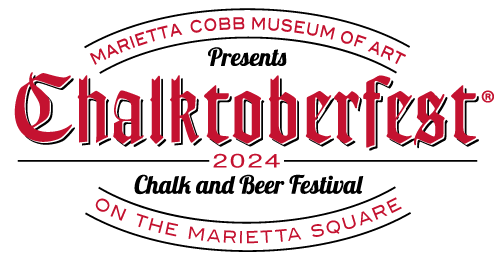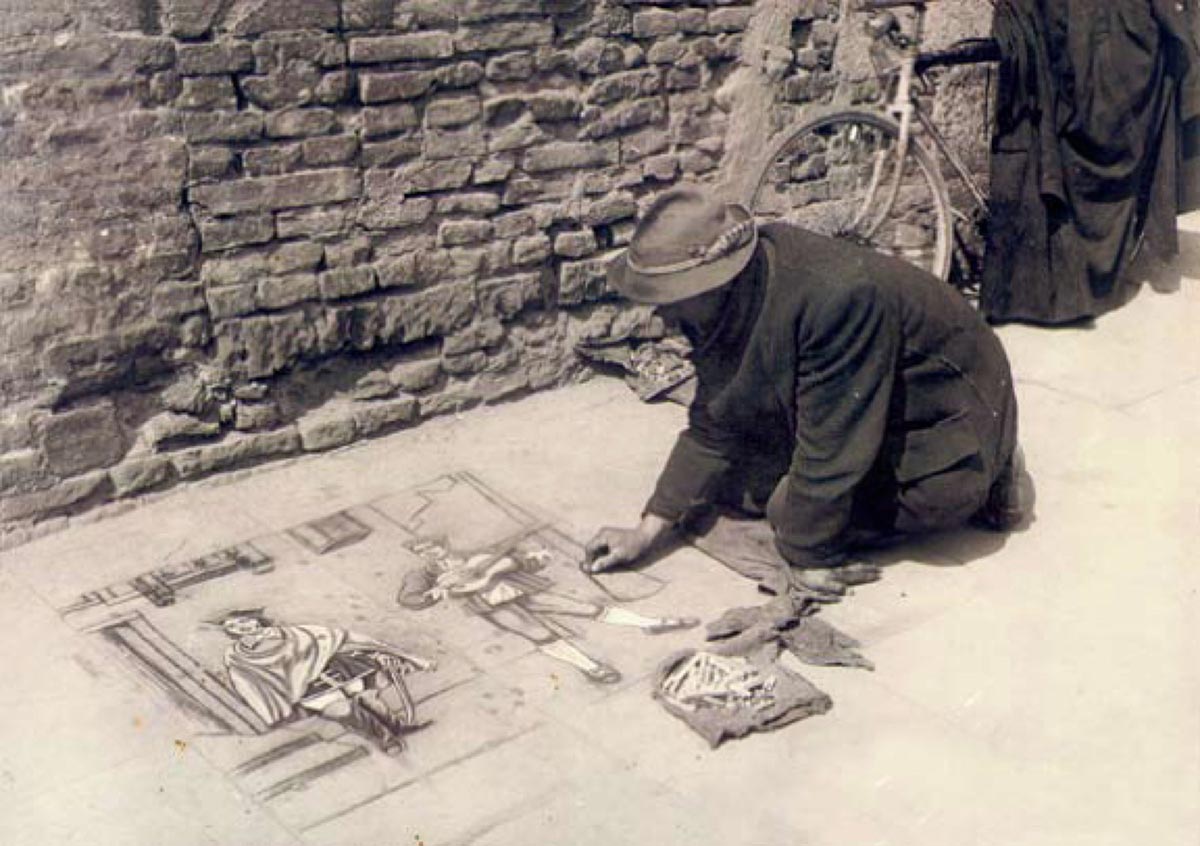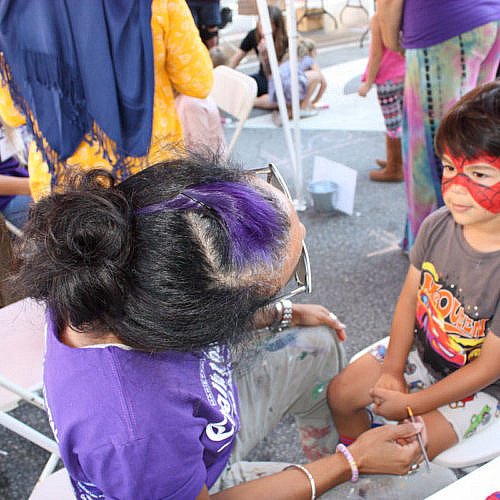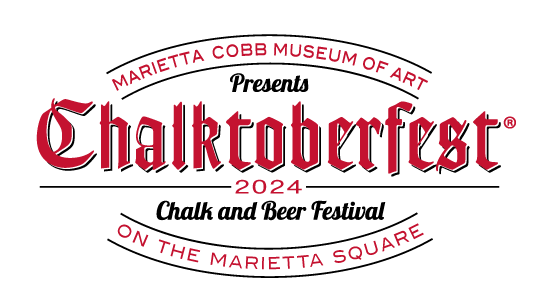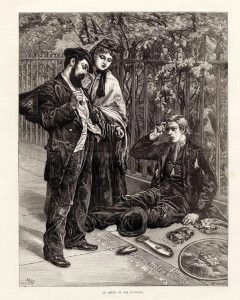
Chalking the streets is believed to begun in the Europe during the 16th century. Italy was the hub of the of the madonnari –(street artist). These street artists would travel from festival to festival drawing Madonna and other religious icons using chalk, coal and tile. Coins were tossed to them as they chalked to pay homage to Madonna. These folk artists were able to create simple images on paved town squares and dirt using minimal materials.
Street painters also appearing in London in the mid-1800s. These artists were called “screevers”. This term refers to the messages that were included with their drawings. The typical artwork was religious or moral in nature and the messages reflected the virtues of their drawings. Authors George Orwell and Pamela Lyndon Travers wrote about street painters in their works in the early 1900s. Screever became popularized in the Disney film Mary Poppins by the character Bert.
Through the years, madonnaris decreased in numbers. In 1972 at the International Street Painting Festival in Grazie di Curtatone in Northern Italy, these madonnaris finally got recognition for pioneering of this form of art. The festival in Grazie di Curtatone brought attention to this art form. European art students participating in this festival would put their caps out seeking donations.
In the 1980s a few artists brought street painting to the United States. “Sidewalk Sam” (Robert Guillemin) made a lasting contribution to this performing art form. Kurt Wenner became the first American artist to practice Italian madonnari. Wenner introduced this art form in the USA at the Santa Barbara Museum of Art at the first such festival in 1985.
Today there are several festivals around the country attracting top artists from around the world. The Marietta Cobb Museum of Art is please to present this performing art form to the Metro Atlanta area.
